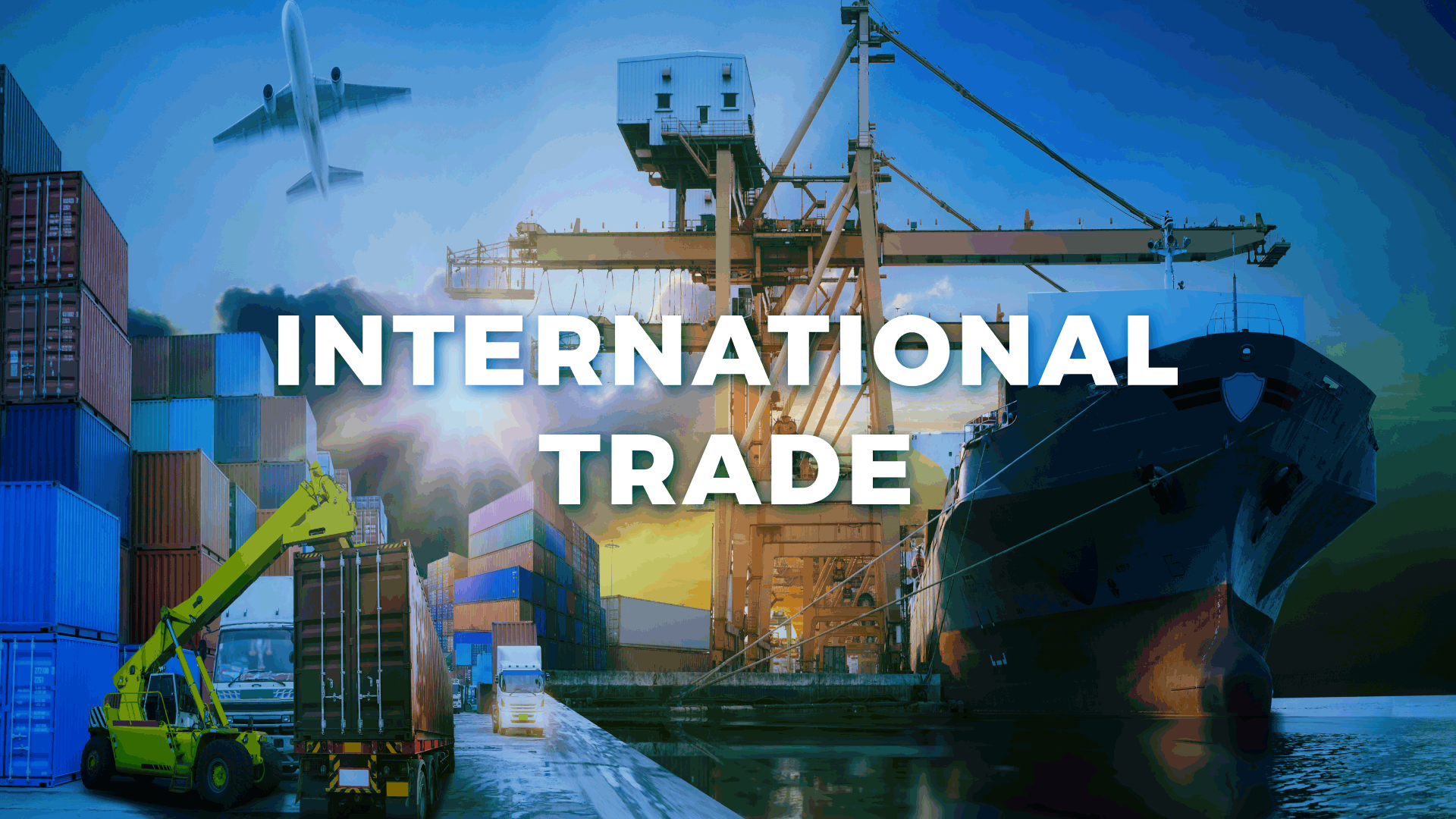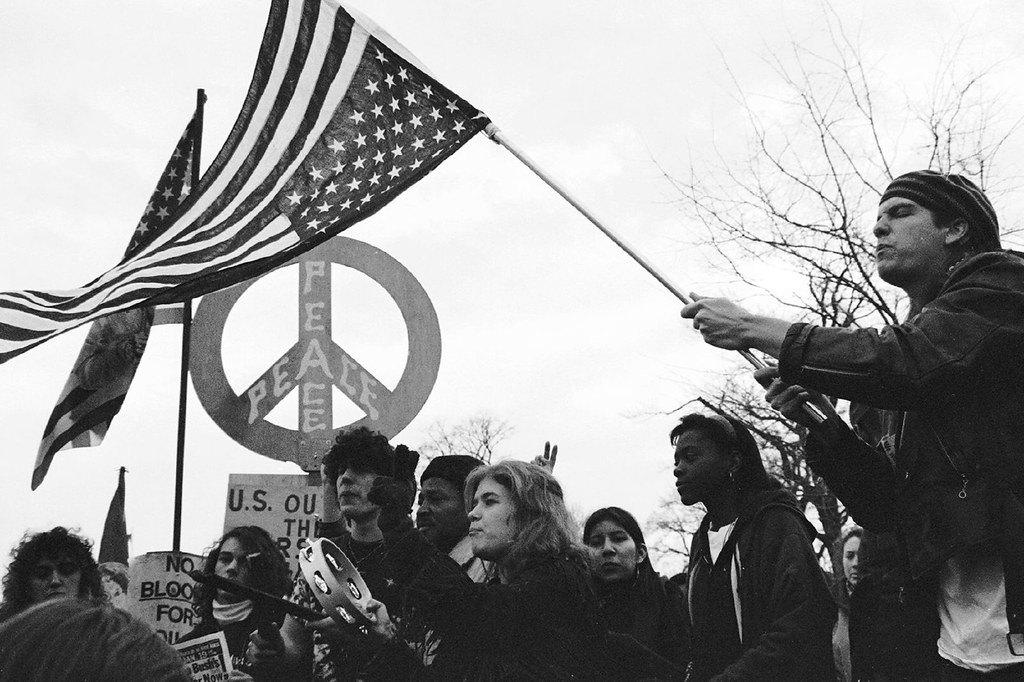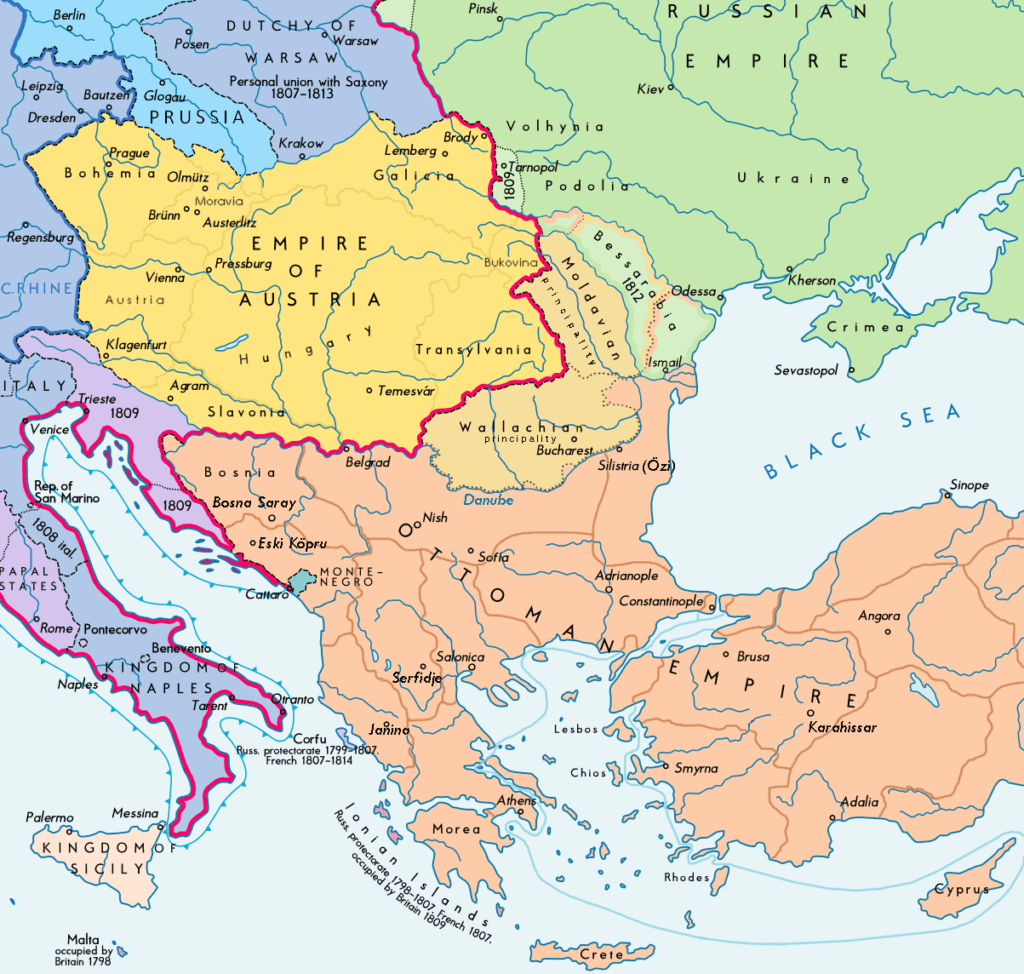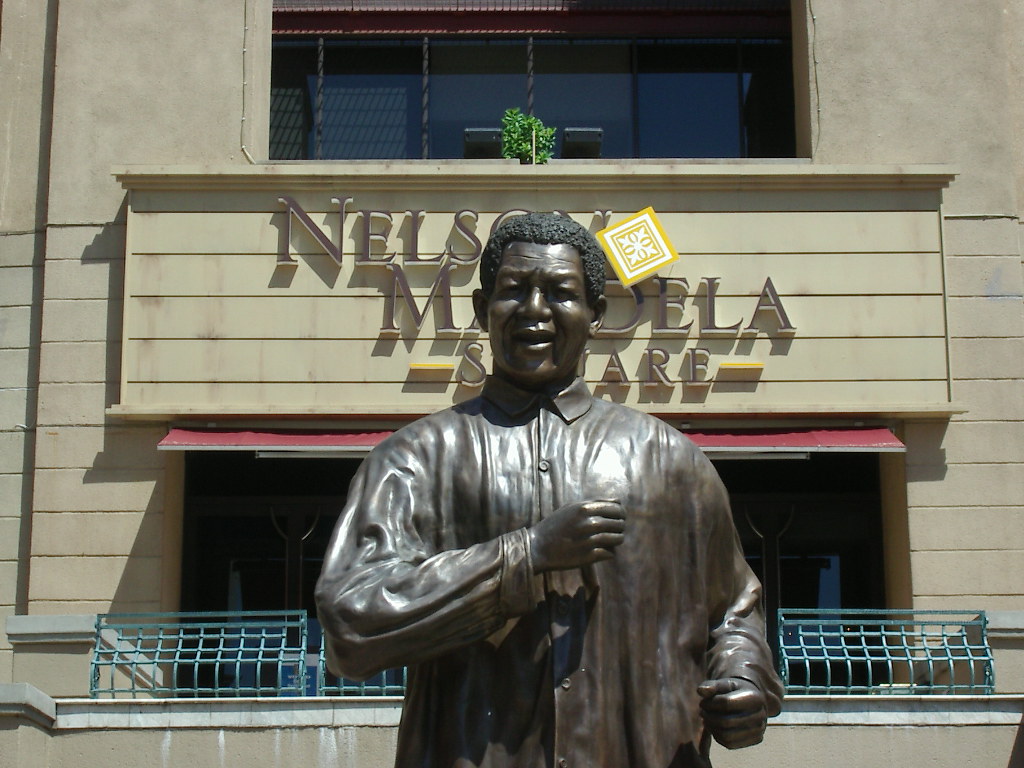
Ah, the 1990s! Often fondly referred to as “the ’90s” or “the Nineties,” this was a decade that kicked off on January 1, 1990, and wrapped up on December 31, 1999. But it wasn’t just any old ten years; it was culturally imagined as the incredible stretch from the Revolutions of 1989 right up to the September 11 attacks in 2001. This era truly earned its moniker as the “post-Cold War decade,” marking a monumental shift in global power dynamics and setting the stage for the world we know today. It was a time when the world population swelled from 5.3 to 6.1 billion, witnessing unprecedented changes across every facet of life.
Culturally, the Nineties were a whirlwind! We saw a growing focus on multiculturalism and a burgeoning advance of alternative media. Public education campaigns made strides in curbing HIV in developed countries, while Generation X found common ground, bonding over shared musical tastes. Humor on television and in film took a distinctive turn, marked by clever ironic self-references sprinkled with a generous dose of popular culture nods. This was the era when alternative music movements like grunge, reggaeton, Eurodance, K-pop, and hip-hop exploded onto the scene, getting a massive boost from the widespread adoption of satellite and cable television, and, of course, the burgeoning internet. We also saw the birth of brand-new music genres such as drum and bass, post-rock, happy hardcore, denpa, and trance.
But it wasn’t just about music and laughs; the 90s was also a decade of mind-blowing technological leaps. Video game popularity absolutely exploded, thanks to the development of CD-ROM supported 3D computer graphics on groundbreaking platforms like Sony PlayStation, Nintendo 64, and personal computers. Beyond entertainment, the decade brought us the World Wide Web itself, the evolution of the Pentium microprocessor, rechargeable lithium-ion batteries, the very first gene therapy trial, and the astonishing feat of cloning. In 1990, the Human Genome Project was launched by the National Institutes of Health (NIH) with the ambitious goal to sequence the entire human genome. The construction of the Large Hadron Collider, the world’s largest and highest-energy particle accelerator, began in 1998, and Nasdaq proudly became the first US stock market to trade online. It was a true golden age for innovation, shaping our digital future and transforming scientific possibility.

1. **The Dissolution of the Soviet Union and the New World Order*
Imagine a world where the ideological fault lines of the Cold War suddenly began to blur, then shatter entirely. That’s precisely what happened at the dawn of the 1990s, culminating in one of the most significant geopolitical events of the century: the dissolution of the Soviet Union. This monumental shift marked the dramatic end of Russia’s status as a superpower and, consequently, the conclusion of a multipolar world. It ushered in an era where the United States emerged as the globe’s sole superpower, a new reality that brought with it relative peace and prosperity for many Western countries, though also giving rise to new anti-Western sentiments in other regions.
The seeds of this change were sown earlier, with the Revolutions of 1989 weakening the Soviet grip. Internally, the perestroika (restructuring) policies initiated by Mikhail Gorbachev, aimed at revitalizing the Soviet system, paradoxically destabilized it, giving rise to nationalist and separatist movements. Boris Yeltsin, then chairman of the Supreme Soviet of Russia, famously resigned from the Communist Party and took on the role of an opposition leader against Gorbachev. The Communist Party itself, once the unchallenged governing force, lost its status and was eventually banned after a desperate coup attempt by communist hardliners in August 1991 failed to reverse the tide of reform.
Yeltsin’s counter-revolution proved victorious, and on December 25, 1991, Mikhail Gorbachev resigned from the presidency, sealing the fate of the Soviet Union. This act led directly to the formal dissolution of the USSR, and Yeltsin stepped into the leadership role of its primary successor, the Russian Federation. His tenure, however, was immediately marked by a period of profound political unrest, a challenging economic crisis, and a degree of social anarchy as the nation grappled with its new identity and direction, culminating in his resignation on December 31, 1999, leaving Vladimir Putin as acting president.
Throughout 1991, a cascade of Soviet Socialist Republics (SSRs) seized the moment to declare their independence, redrawing the map of Eastern Europe and Central Asia. This included Armenia, Azerbaijan, Belarus, Estonia, Georgia, Kazakhstan, Kyrgyzstan, Latvia, Lithuania, Moldova, Tajikistan, Turkmenistan, Ukraine, and Uzbekistan, all transforming into independent republics. Each of these new nations embarked on its own journey of self-determination, grappling with newfound sovereignty and the immense challenges of building democratic institutions and market economies after decades of Soviet rule. The world fundamentally changed, moving from a bipolar Cold War standoff to a new, complex landscape where former adversaries navigated uncharted diplomatic waters.
Read more about: Miss the ’90s? These 14 Earth-Shaking Events Defined a Decade of Unprecedented Change—Their Impact Still Resonates!

2. **The Rise of the World Wide Web and Digital Culture**
If there’s one thing that truly defines the 1990s in the popular imagination, it’s the explosive ascent of the World Wide Web. Before the Nineties, the internet was largely the domain of academics, scientists, and tech enthusiasts. But in this decade, it burst into the mainstream, swiftly gaining massive popularity worldwide and irrevocably altering the way we communicate, learn, and connect. It wasn’t just a new technology; it was a cultural phenomenon, laying the groundwork for the hyper-connected digital lives we lead today.
This proliferation of new media profoundly enhanced what we now call network cultures. Suddenly, individuals had an unprecedented ability to self-publish web pages, share information, and forge connections on an astonishing array of professional, political, and even niche hobby topics. The internet democratized information and gave voice to countless individuals and groups, bypassing traditional gatekeepers and fostering new forms of community. It felt like a wild, untamed frontier, brimming with possibility and the promise of open access.
However, it’s important to remember that this digital revolution wasn’t universally accessible from day one. The initial years of the internet brought about an immediate “digital divide,” with access largely limited to those who could afford the necessary equipment and, crucially, possessed the knowledge to operate a computer. This created an early dichotomy between the connected and the disconnected, highlighting the economic and educational barriers to entry for this transformative technology, a challenge that continued to evolve throughout the decade.
Despite these early access limitations, the prevailing sentiment among mainstream internet users was one of immense optimism regarding its benefits. Many saw the internet as a powerful tool for anonymity, particularly those skeptical of government overreach. The future of e-commerce, though rudimentary at the time, was already being imagined as a lucrative new frontier. In these nascent stages, web portals—essentially curated bookmark homepages—were just as popular as searching for information via web crawlers, reflecting a more guided approach to navigating the vast, new digital ocean. It was an exciting, if somewhat clunky, beginning to our online lives.
Read more about: Maurice Tempelsman: A Diamond Baron’s Life of Power, Love, and Enduring Influence — From Refugee to Jackie Onassis’s Partner

3. **Breakthroughs in Technology and Science (Cloning, Human Genome Project)**
The 1990s weren’t just about the internet; they were a powerhouse decade for scientific and technological advancements that pushed the boundaries of what was thought possible. Beyond the digital realm, the era witnessed crucial breakthroughs that would reshape fields from biology to energy, promising a future that felt increasingly plucked from the pages of science fiction. From new battery tech to the very building blocks of life, innovation was everywhere, constantly challenging our understanding of the world.
One of the most jaw-dropping scientific feats of the decade was the advent of cloning. In 1996, the world was introduced to Dolly the sheep, a seemingly ordinary animal who was anything but. Dolly became an instant sensation because she was the first mammal successfully cloned from an adult somatic cell. This incredible achievement sparked both immense excitement about the potential for medical research and ethical debates about the implications of such power. It opened up entirely new avenues of biological study and forever changed the conversation around genetic engineering and the nature of life itself.
Complementing the groundbreaking work in cloning was the ambitious launch of the Human Genome Project in 1990. Spearheaded by the National Institutes of Health (NIH), this colossal international scientific research project had one central, awe-inspiring goal: to sequence and map all of the genes, collectively known as the genome, of members of our species. It was a quest to decipher the complete set of human genetic instructions, holding the key to understanding, preventing, and treating countless diseases. The project represented a monumental collaborative effort, laying the foundation for modern genomic medicine and biotechnology.
Technological progress also touched everyday life and advanced fundamental physics. The evolution of the Pentium microprocessor significantly boosted computing power, while the development of rechargeable lithium-ion batteries revolutionized portable electronics, paving the way for the mobile devices we rely on today. On the grander scale of scientific inquiry, the building of the Large Hadron Collider, destined to become the world’s largest and highest-energy particle accelerator, commenced in 1998, a testament to humanity’s unyielding drive to understand the universe’s most fundamental particles. And in the world of finance, Nasdaq made history by becoming the first US stock market to trade online, showcasing how digital innovation was transforming traditional industries.

4. **The Unfolding of Global Economic Blocs (EU, NAFTA, WTO)**
As the Cold War waned, the 1990s saw a significant realignment and consolidation of economic and political power on a global scale. This was a period defined by the continued mass-mobilization of capital markets through neoliberal policies and an acceleration of globalization. The world was becoming increasingly interconnected, not just culturally, but economically, as nations sought to leverage collective strength and expand trade. This push for economic integration manifested most clearly in the creation and expansion of powerful international trade blocs that reshaped global commerce.
High-income countries, particularly in the West, experienced a period of steady growth during what historians often refer to as the Great Moderation, spanning from the 1980s to the 2000s. Life in these nations saw an increase in prosperity, where something as simple as using a mobile phone in a public place became a typical example of conspicuous consumption—a visible marker of economic advancement and a nascent tech-savvy lifestyle. This economic buoyancy contrasted sharply with other regions, highlighting the uneven distribution of global wealth and opportunities during this transformative decade.
Perhaps the most defining characteristic of this economic shift was the dramatic increase in international trade, facilitated by the establishment of several landmark organizations. In 1993, the European Union (EU) was officially formed under the Maastricht Treaty, deepening economic and political integration across Europe. The North American Free Trade Agreement (NAFTA) followed in 1994, creating a vast free-trade zone encompassing Canada, Mexico, and the United States. Then, in 1995, the World Trade Organization (WTO) was established, laying down rules for global trade and aiming to foster a more open and predictable international commercial system.
However, this wave of globalization didn’t lift all boats equally. In stark contrast to the growth in high-income countries, the GDP of former Soviet Union states experienced a significant decline, a painful consequence of their neoliberal restructuring as they transitioned from planned economies. Furthermore, the burgeoning Asia-Pacific economies, including the Four Asian Tigers, ASEAN nations, Australia, and Japan, faced a severe setback with the 1997 Asian financial crisis and the early 1990s recession, demonstrating the fragility and interconnected risks of an increasingly globalized economic system. These events underscored that while integration brought opportunities, it also presented new vulnerabilities.

5. **The Dot-Com Bubble: A Digital Gold Rush**
No discussion of the 1990s, especially with a Mashable-esque lens, would be complete without talking about the dot-com bubble. It was a phenomenon fueled by the meteoric rise of the internet, creating an investment frenzy that saw technology companies, particularly those with an “.com” in their name, achieve stratospheric valuations seemingly overnight. It was the ultimate digital gold rush, a period where optimism for the internet’s commercial future knew no bounds, capturing the imagination of investors and entrepreneurs alike.
This era, roughly spanning from 1997 to 2000, brought incredible, almost unimaginable, wealth to a select group of entrepreneurs and early investors. Startup companies, many with little more than a business plan and a catchy domain name, found it remarkably easy to attract venture capital and even go public with massive initial public offerings (IPOs). The promise of a digitally transformed economy, coupled with aggressive speculation, drove stock prices to dizzying heights, creating a new class of instant millionaires and billionaires. Everyone, it seemed, wanted a piece of the internet pie.
Mainstream internet users themselves were incredibly optimistic about the internet’s benefits, particularly the future of e-commerce. The idea of buying and selling goods online, though still in its infancy, held immense appeal. Companies like Amazon and eBay were just beginning to scratch the surface of what was possible, and the convenience of digital transactions promised to revolutionize retail. Web portals, which served as curated entry points to the vast internet, were incredibly popular, acting as central hubs before sophisticated search engines dominated the landscape, showcasing the early user experience of navigating the then-new web.
However, as with any bubble, the soaring valuations eventually detached from underlying profitability and sustainable business models. The party couldn’t last forever. The dot-com bubble reached its peak and then, dramatically, burst in the early 2000s. This crash wiped out billions in market value, leading to the collapse of countless internet companies and a significant correction in the tech sector. While it was a harsh lesson for investors, it also cleared the way for more resilient and genuinely innovative companies to emerge, shaping the internet into the powerful platform it is today, built on the foundations of both ambition and hard-won experience.

6. **The Gulf War and a New Era of International Conflict**
The 1990s may have marked the end of the Cold War, but it certainly didn’t herald an era devoid of major international conflict. One of the very first, and most significant, tests of the new world order came with the Gulf War, a conflict that erupted in the Middle East and drew in a massive international coalition. It demonstrated both the continued volatility of global politics and the decisive, unified action the international community could take when faced with clear aggression, setting a precedent for future interventions.
The roots of the conflict lay in the aftermath of the Iran–Iraq War of the 1980s, which left Iraq in severe debt. In an attempt to address his nation’s financial woes, President Saddam Hussein accused neighboring Kuwait of deliberately flooding the oil market, thereby driving down prices and harming Iraq’s economy. This accusation served as a pretext for a much larger, more aggressive move. On August 2, 1990, Iraqi forces launched a full-scale invasion, swiftly conquering Kuwait and annexing it as a new province of Iraq.
The international reaction was immediate and unequivocal. The United Nations (UN) swiftly condemned Iraq’s actions, and a powerful coalition force, primarily led by the United States, was dispatched to the Persian Gulf region. This rapid response signaled a new era where international law and sovereignty were to be protected, even if it required military force. The buildup of troops and resources was immense, showcasing the logistical capabilities of a post-Cold War military alliance.
After months of diplomatic efforts and a substantial military buildup, the coalition’s aerial bombing campaign against Iraq began in January 1991. This air offensive systematically targeted Iraqi military infrastructure and capabilities. Just one month later, the UN forces launched a ground offensive that proved devastatingly effective, driving the Iraqi army out of Kuwait in a mere four days. The swift and decisive victory underscored the technological superiority and coordinated strategy of the coalition, concluding one of the decade’s earliest and most prominent international crises, and leaving a lasting impact on global military doctrine and geopolitical strategy. It was a clear demonstration of collective security in action, albeit one that would leave complex legacies for the region.
Read more about: Miss the ’90s? These 14 Earth-Shaking Events Defined a Decade of Unprecedented Change—Their Impact Still Resonates!

7. **The Yugoslav Wars: A Descent into Ethnic Conflict**
As the world celebrated the end of the Cold War, a brutal and complex series of conflicts erupted in Southeast Europe, tearing apart the former Socialist Federal Republic of Yugoslavia. Beginning in 1991, with the declarations of independence by Croatia and Slovenia, these wars quickly escalated into a nightmare of ethnic cleansing and human rights violations, leaving an indelible stain on the Nineties. It was a stark reminder that peace was far from universal, even in a supposedly new world order.
Throughout the decade, various ethnically-defined factions within Bosnia and Herzegovina – Bosniaks, Serbs, and Croats – engaged in fierce fighting. The Croatian War of Independence (1991–1995) saw intense battles between the Croatian government and Serb forces, while the Bosnian War (1992–1995) involved horrific atrocities, including the devastating Siege of Sarajevo, the most violent urban warfare in Europe since World War II at that time. Civilian properties were systematically destroyed, and the overwhelming majority of casualties were Muslim Bosniaks, enduring unspeakable suffering.
By 1995, a series of successful Croatian military offensives against Serb forces marked a turning point, leading to a mass exodus of Serbs from Croatia and significant losses for Serb forces to Croat and Bosniak fighters. These intense campaigns ultimately culminated in the signing of the Dayton Agreement. This pivotal peace accord internally partitioned Bosnia and Herzegovina into two entities: the Republika Srpska and a Bosniak-Croat Federation, attempting to bring a fractured peace to a war-ravaged region.
Yet, the conflict wasn’t entirely resolved. The Kosovo War (1998–1999) emerged later in the decade, pitting Albanian separatists against Yugoslav military and Serb paramilitary forces. As reports of atrocities mounted, NATO, led by the United States, launched air attacks against Yugoslavia in 1999 to pressure the government to halt its operations in Kosovo. Despite lacking specific UN approval, NATO justified its intervention on the grounds of preventing war crimes, a controversial move that ultimately led to NATO forces occupying Kosovo, later transitioning to UN peacekeeping forces, and reshaping the region’s future.

8. **The Rwandan Genocide: A Global Failure**
Amidst the technological marvels and economic shifts of the Nineties, the world also bore witness to one of humanity’s darkest chapters: the Rwandan genocide. From April 6 to mid-July 1994, a systematic and horrifying campaign of mass murder unfolded in Rwanda. Hundreds of thousands of the country’s Tutsi population and Hutu political moderates were brutally targeted and slaughtered by the Hutu-dominated government, driven by the insidious “Hutu Power” ideology.
For approximately 100 days, the scale of the atrocities was almost unimaginable. Estimates place the death toll between 500,000 and 1,000,000 people, a staggering number that represented a significant portion of Rwanda’s population. It was a horrifying testament to how quickly organized hatred could descend into widespread, systematic extermination, leaving behind a profound legacy of trauma and loss that continues to affect the nation and the world.
What makes this tragedy even more poignant is the international community’s response, or rather, its lack thereof. The United Nations and major global states faced intense criticism for their abject failure to intervene effectively and stop the genocide as it was unfolding. Despite early warnings and clear evidence of the horrors, a combination of political reluctance, bureaucratic inertia, and a lack of decisive will meant that hundreds of thousands of lives were lost while the world largely stood by, a collective moral failure that sparked profound soul-searching about global responsibility.
Read more about: Miss the ’90s? These 14 Earth-Shaking Events Defined a Decade of Unprecedented Change—Their Impact Still Resonates!

9. **The Anti-Apartheid Movement’s Triumph: Nelson Mandela’s Legacy**
While some parts of the world grappled with new conflicts, the Nineties also delivered a monumental triumph for human rights and democracy: the culmination of the anti-apartheid movement in South Africa. The decade began with a truly iconic moment on February 11, 1990, when Nelson Mandela, a beacon of resistance, walked free from prison after an astounding thirty years of imprisonment for his courageous opposition to apartheid and white-minority rule.
Mandela’s release ignited a powerful surge of hope and laid the groundwork for a peaceful transition. Four years later, in 1994, the oppressive system of apartheid officially ended. In a historic election, Nelson Mandela was elected as the President of South Africa, becoming the first democratically elected leader in the nation’s history. This was not merely a change in leadership; it was the definitive dismantling of a deeply entrenched, institutionalized system of racial segregation and oppression.
His election symbolized a profound victory not just for South Africa, but for global justice and the enduring power of non-violent resistance. It marked the end of a long, painful legacy of white rule and ushered in a new era of reconciliation and nation-building. Mandela’s journey from political prisoner to national leader captivated the world, demonstrating that even the most formidable systems of injustice could be overcome through perseverance, moral courage, and the unwavering pursuit of equality.

10. **Seeking Peace: The Oslo Accords and Middle East Diplomacy**
In the ever-turbulent landscape of the Middle East, the 1990s witnessed a significant, albeit ultimately fragile, attempt to broker peace between Israelis and Palestinians. The Oslo Accords, signed on September 13, 1993, brought together Israeli Prime Minister Yitzhak Rabin and Palestine Liberation Organization (PLO) Chairman Yasser Arafat, with United States President Bill Clinton facilitating the historic negotiations. For a moment, it seemed that decades of conflict might finally yield to a lasting resolution.
At the heart of the Oslo Accords were reciprocal recognitions and a framework for self-governance. The PLO officially recognized Israel’s right to exist, a monumental step for the Palestinian leadership. In return, Israel permitted the creation of an autonomous Palestinian National Authority (PNA), granting Palestinian Arabs official autonomy over the Gaza Strip and West Bank. This arrangement marked a crucial shift towards a two-state solution, even if full independence remained elusive.
Following the accords, Israeli military forces began withdrawing from these designated Palestinian territories, with the PNA commencing its operations in 1994. This period of de-escalation marked the formal end of the First Intifada, a six-year period of violence between Palestinian Arab militants and Israeli armed forces. However, the path to peace proved incredibly challenging. The optimism was tragically undermined when, on November 4, 1995, Israeli Prime Minister Yitzhak Rabin was assassinated by a right-wing extremist opposed to the peace process, a stark reminder of the deep divisions that still plagued the region and foreshadowing future difficulties.

11. **The Good Friday Agreement: Ending the Troubles in Northern Ireland**
Across the Atlantic, another long-standing and deeply entrenched conflict found a path toward resolution in the 1990s. The Troubles in Northern Ireland, a brutal 30-year period of sectarian and political violence, finally began to draw to a close with a series of pivotal diplomatic breakthroughs. This was a testament to persistent negotiations and a collective yearning for peace after generations of strife.
Key to this progress was the Downing Street Declaration, signed on December 15, 1993, by UK Prime Minister John Major and Irish Taoiseach Albert Reynolds. This declaration affirmed the right of the people of Ireland to self-determination and, crucially, stated that Northern Ireland would only transfer to the Republic of Ireland if a majority of its population favored such a move. This “principle of consent” was vital in gaining acceptance from both nationalist and unionist communities and paved the way for future talks by offering a constitutional framework.
The declaration also pledged governments to seek a peaceful constitutional settlement and allowed parties linked with paramilitaries, like Sinn Féin, to participate in talks provided they abandoned violence. This led to a significant breakthrough in 1994 when the Irish Republican Army (IRA) agreed to a truce, signaling the beginning of the end for decades of conflict. Finally, on April 10, 1998, the Belfast Agreement, famously known as the Good Friday Agreement, was signed. It declared a joint commitment to a peaceful resolution of the territorial dispute, and a referendum held on May 22, 1998, secured majority approval, bringing a fragile but enduring peace to the region.
Read more about: Miss the ’90s? These 14 Earth-Shaking Events Defined a Decade of Unprecedented Change—Their Impact Still Resonates!

12. **The Shadow of Terrorism: From Oklahoma City to Al-Qaeda’s Rise**
While the Nineties often evoke nostalgia for digital innovation and changing pop culture, it was also a decade that saw the chilling rise of both domestic and international terrorism, reshaping global security concerns. Early in the decade, a terrifying precursor emerged on February 26, 1993, with the World Trade Center bombing in New York. This attack jolted public awareness in the U.S., signaling that the nation was not immune to the growing threat of international terrorism.
The specter of domestic terrorism became tragically clear with the Oklahoma City bombing on April 19, 1995. This devastating attack on a federal building killed 168 people, becoming the deadliest terrorist attack in the United States at that time. Perpetrator Timothy McVeigh claimed it was retaliation for earlier government actions, revealing a grim homegrown extremism. Other international incidents like the AMIA bombing in Argentina in 1994, targeting the Jewish community, and the 1996 Manchester bombing by the IRA, underscored a global landscape increasingly marred by violent extremism.
Towards the latter half of the decade, a new and more insidious threat began to crystallize: the rise of Al-Qaeda. This militant organization made its presence felt globally with the coordinated 1998 United States embassy bombings in Kenya and Tanzania, resulting in significant casualties. The U.S. responded with cruise missile attacks against Al-Qaeda bases in Afghanistan, highlighting a direct confrontation with this emerging global network and its leader, Osama bin Laden, a name that would become synonymous with terror.
As the Nineties drew to a close, the threat remained palpable. The LAX bombing plot on December 14, 1999, involving Al-Qaeda militant Ahmed Ressam, was foiled as he attempted to bomb Los Angeles International Airport during millennium celebrations. This incident was a stark and terrifying reminder that Al-Qaeda was actively planning attacks on American soil, marking the beginning of a series of attempted terrorist actions that would tragically continue into the 21st century and forever alter the global security paradigm.
Looking back at the Nineties, it’s clear that this was a decade of profound contradictions. While the internet connected us and scientific breakthroughs expanded our horizons, old conflicts erupted in new, devastating ways, and the shadow of terrorism grew longer. Yet, amidst the turmoil, we also witnessed incredible movements towards peace and justice, from the end of apartheid to hard-won agreements in Northern Ireland. The 1990s truly were a crucible, forging the complex, interconnected, and often challenging world we inhabit today, leaving us with lessons about both human resilience and vulnerability that continue to resonate.


